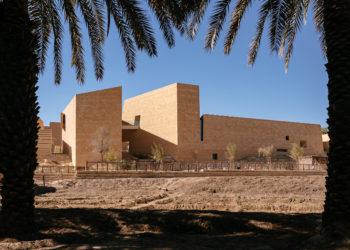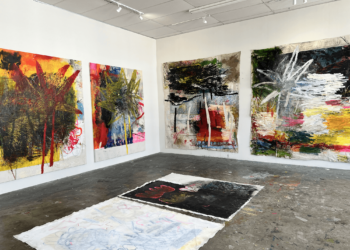Bianca Baldi in conversation with Bianca Bondi
Bianca Baldi (BBA): Thank you for sending me some images of your work. Your remark in your email about there not being much “explanation” with the images made me think about the current status of the image following the recent Trump election. When I heard or rather saw the news I was on my way to China, to present work at the Shanghai Biennale. Following advice I was in the process of installing a VPN (virtual private network) to access the Google services we usually take for granted. Being in that particular media condition brought many things into perspective – the news of Trump in China was reported on the ticker tape below the news of Chinese astronauts. This was quite different to the storm that was brewing on my Facebook timeline. How did you relate to the news as reported through images, and more close to home, to the images of the recent student protests in Universities across South Africa?
Bianca Bondi (BBO): Each of our Facebook feeds are representative of our selective friendship “bubbles,” so completely tilted and unrealistic views of the IRL state of affairs. None of this comes as a surprise, and all that said, the image that stands out best for me in terms of the events of the past few weeks, is Barbara Kruger’s New York Times cover a week or two before the results: Trumps’ pig-faced lip snarl and her iconic red banner LOSER. Or is that his orgasm face?
Text has always been an important aspect in my practice, appearing in the work itself or through elaborate titles. In more than one work I have explored and expanded words through their synonyms; Smash and Grab, 2016, comes to mind. This was a large-scale neon and electric cable installation I showed in Brussels last April during the fair. Smash and Grab, is a term quite specific to our country. It references an act of burglary, which involves the damage of property and seizing of valuables. While researching the various synonyms for each word I was struck by their highly provocative nature, some words being simultaneously sexual slang. In South Africa we are so used to this act, I feel the words themselves have lost their shock value. Even words like rape, we hear too often. I wanted to parallel the two, an act of theft and sex, while playing on the aesthetics of s&m − consensual sexual violence. The words are hung like vines, creating knots and nooses, and incorporating ivy − a common and poisonous evergreen − which is known to survive in even the hardest environments, attaching itself to a host.
The both of us having lived in Europe for many years now and both being of Italian descent (on our father’s sides) but born in Johannesburg, South Africa, I want to talk about the idea of the self-image. Is it important for you to be seen as a South African artist?
BBA: I recently moved to Europe for my post-graduate studies in Frankfurt, where I built a community of artists from all over the world. This study time was formative to my practice, which I had already started to develop during the years I lived and studied in Cape Town. It was a natural move rather than a clear decision to continue working in Europe as a series of residencies and exhibition opportunities developed, allowing me to live in many cities and feed my practice in so many ways (both practically and intellectually). That said, with all the influences and travels there are certain ways of being in the world that are peculiar to being South African and whether I am labeled as such or not, we are faced with both the perceived “value” and/or discrimination that comes with this fate. For me it is most important that my work is received with all the nuances of its development, which is intrinsically linked to my biography. Is this important for you?
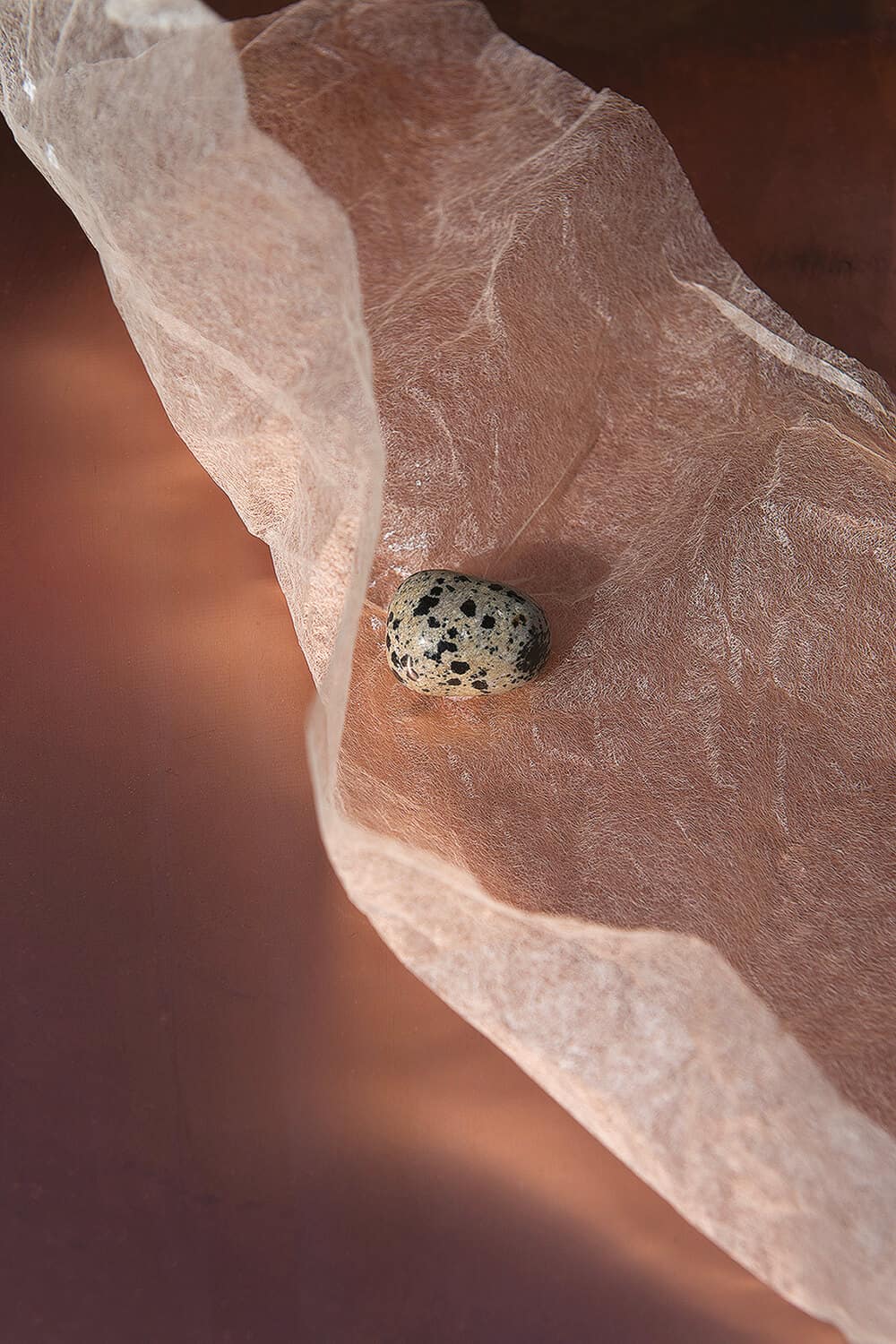 Bianca Baldi, Insufflate, (detail) 2016. Image courtesy of the artist and Swimming Pool.
Bianca Baldi, Insufflate, (detail) 2016. Image courtesy of the artist and Swimming Pool.
BBO: That’s the thing, one could say we were born and grew up at a poignant time in South Africa’s history; we were the first generation after apartheid, the first generation to go to mixed schools, the first generation to be taught a post-apartheid curriculum and by people of colour. But actually the generations before and after us live(d) extremely hard times themselves, it’s all contextual and the context is constantly evolving but the pain is ever present. Being South African has a very significant impact on our perception and sensitivity of the world and importantly also the way we make art. When I first started practicing it was essential for me that art always be political in some way. I had a hard time trying to manoeuvre between making art and making sure the message was clear, which closes Art off and distracts from the magic. As I matured as a person and as an artist I learnt that there is a very clear difference between being an activist and being an artist, it’s not impossible but the priority should be clear. So I spend a long time looking and learning from socially and politically conscious artists. I learnt to get out of my head and just create. I also learnt that fragility is a political act in itself.
The first time I heard of you was in 2014. I was part of an institution show in Warsaw, and David Zink Yi, also on the show, had casually asked if I knew the other artist Bianca from South Africa. Bianca is not that common a name. Baldi. I said oh you mean Bondi. No Baldi. The model? She’s from Italy. No the artist, from Johannesburg I think. Yes that’s one of the capitals. Another Bianca – similar surname, same city, same country, same age. One year difference. No she does photo, video… That is when the co-incidences first started accumulating. Over Skype you mentioned receiving fan mail intended for Bianca Balti?
BBA: In 2011 I became aware of Bianca Balti and started receiving fan love letters from unknown admirers. I first overlooked these as spam but then realised they were intended for Bianca Balti, which is often misspelled. This is how I got to know about my model doppelganger. There were also cases where curators would make jokes about my “hot pictures” when they’d do a Google search on me. I shrugged it off and quite cynically remarked that it may have a positive influence on my career given the that machismo is so strong in the art world. I started to hear about you and your work this year, after mutual friends mentioned this coincidence jokingly, and since I moved to Brussels − which is more connected to the Parisian scene − this happened more frequently. At first I thought that this invitation from the editor was meant as a joke. I found the premise a little random, two white identified South African Bianca’s in conversation, and we have never met nor seen each other’s work, which brings me back to my earlier question about how much we “know” through the image that circulates of the other. Can you tell me more about the female subjects you use as titles, like Miranda, Virginia or Lindsay?
BBO: The story is a tale too often told − I was invited to participate in a group show and realised I was the only woman. This wasn’t the first time. One can’t help but feel like the token filler in a gender quota. I was looking at the line up of represented artists of young galleries that interested me; where were the women? The women exist, they are the roughly 80% of our peers at art school. And around the same time via FB, a French female artist was sharing the ridiculously high statistics of men vs women artist shows in France that year, as had become her habit to do, and she shared with us the further plunge in inequality we had to look forward to à la rentrée. The reality was so flagrant that it hurt, and in that moment you remember. I remember being as young as 12 and deliberately dressing in smart pants and an oversized top, thinking I would be seen as someone more serious, more hard working than the other girls my age. I hate this, male, female… it’s so boring and yet so present that one is forced into a feminist stance. So I started naming a particular body of works after suitable female names. Stretched over a few years, some of them never making it out of the studio, this was my girl gang. It’s a relatively simple act but it was my own small contributive way of sneaking more women into the shows I was on. As a woman artist, have you experienced similar situations, and what are your thoughts on this subject?
BBA: The presence of Female artists in exhibitions is a global sore point. I have recently become more interested in not only the ratio of women and men presented in biennales / exhibitions / museum programmes − but more shockingly related to the art market. While institutions have been encouraged to have some self-reflexivity on this subject, fairs and auctions still remain mostly male dominated and the work’s value is also affected if it is a woman artist. In this sense as a woman artist there is no other option but take a feminist perspective. This year I was invited to a show which showed only women artists and referred to Peggy Guggenheim’s historical show ‘Exhibition by 31 Women.’ What really struck me was that there was not a single black woman in the show, so it is not even enough to be a feminist − but we have to be intersectional feminists. That is acknowledging that this is not only an inequality faced by able bodied, middle class, cis gendered, white women which is also part of the discomfort that I expressed about having this conversation and my desire to include multiple voices. What did you mean by being forced into a feminist perspective?
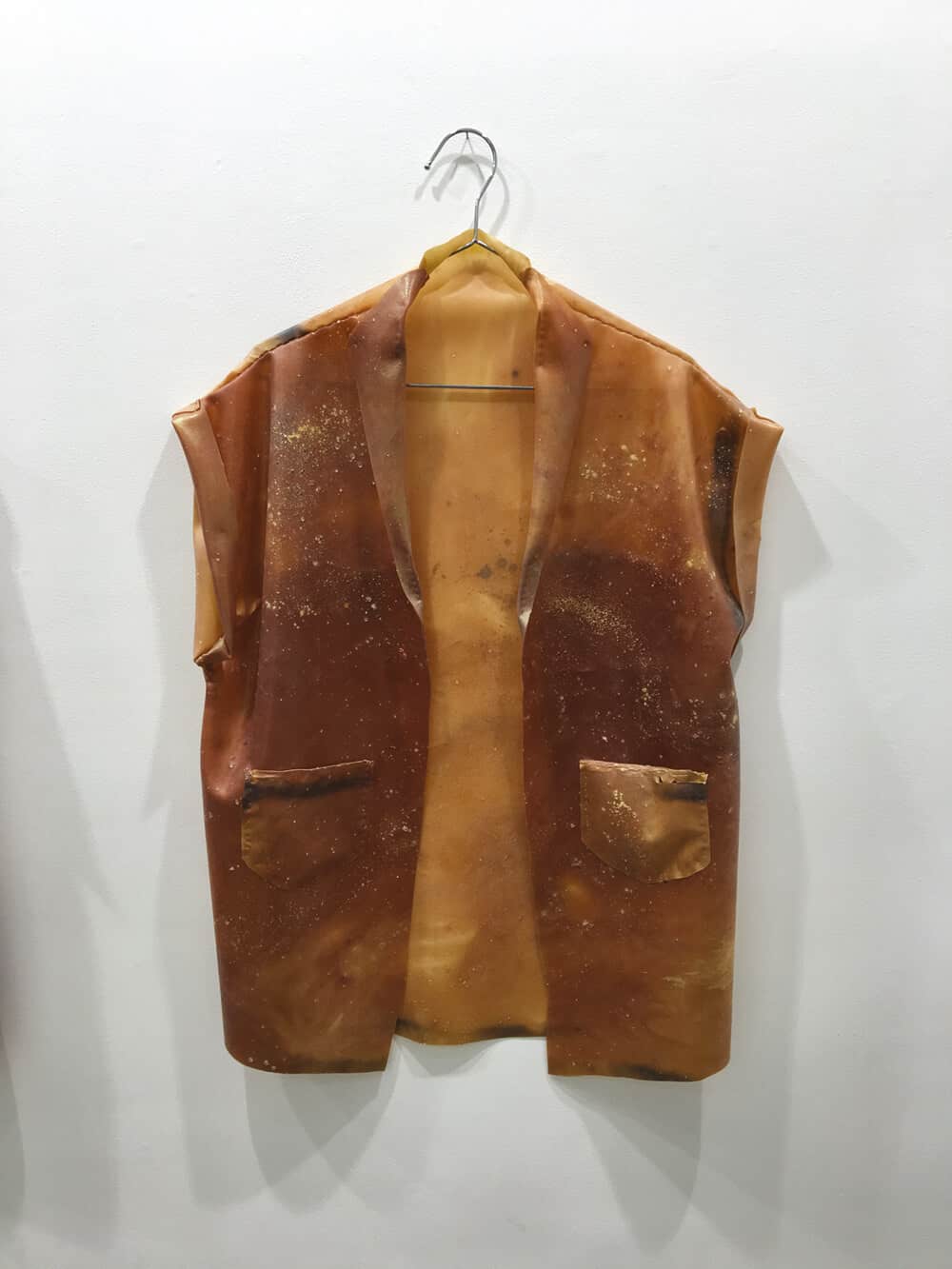 Bianca Bondi, April O’Neil, 2016. Latex, pigment, chrome. Dimensions variable. Image courtesy of the artist.
Bianca Bondi, April O’Neil, 2016. Latex, pigment, chrome. Dimensions variable. Image courtesy of the artist.
BBO: I mean just that, by the constant presence of this battle for the sexes and equality, as a female I feel the need to balance the scales in whatever small way I can. Furthermore I find that it is essential to reiterate the importance of women sticking together, hence the illusion to a “girl gang”, in order to move forward. Too often we perceive other strong women as a threat when in fact the real threat is perhaps the loss of our feminine sensitivity often mistaken for weakness. I have spoken a lot about feminism here but through my practice what is most important are the concepts of animism and the invisible. Through my work I am experimenting with various raw materials and investigating what intrinsic properties, energy, through various cultures they are believed to possess. I am curious about how these beliefs exist, translate and dialogue with contemporary life and how I can convey the essence of my research into entirely new material and forms. I mostly focus on situations of social tension, or aspects related to climate change. In previous works I have made a ritual soup of “fears”, collected over a two-month period in one of Paris’ iconic neighbourhoods undergoing gentrification, or created works paralleling the global disappearance of bees with monogamy.
Over the years I have come to realise that researching an idea, the process of creation and the documentation of this process are almost more important in my practice than the aesthetic result itself. The final plastic result comes to serve as a shell. And as with most artworks, if the patina of this “shell” resounds strongly enough, should it catch and hold ones attention, curiosity is evoked and further information is sought. I am interested in the creation of art that is the direct result of experience; it is how art acquires its patina of truth.
Your work deals with re-activating archives, objects as props, and fictional characters. Talk to me about your identity as a South African living abroad − colonialism and confronting history seem to be strong focus points of your research. Your being a white-identified woman, what is the appeal of approaching this subject matter, where do you draw the line, is there a line for you?
BBA: I am very interested in how certain systems of knowledge became accepted, and how that knowledge is produced and presented through historical objects and characters, in particular the threads of colonial history or empire that extend to our present day through the rhetoric of innovation and expansion. It is exactly that metaphorical “line” dividing subject and object that I am interested in. This line is suggested in my work Zero Latitude (2014), which recalls the equator as a fictional cartographic space and site for colonial projection through the peculiar object designed by Louis Vuitton at the start of the 20th century. By using fiction in my work there is an awareness and a reluctance to draw that line so that fictional characters or metaphorical forms can produce different spaces of dynamism. This may also have to do with the fact, that although it is not articulated in my work − I am reluctant to draw that line with my own identity and although I am white identified, through understanding my family history this narrative became more complex than what I previously had believed − the discrepancy between bureaucratic identity and parts of my family is in tension. In my recent solo show, entitled ‘Pure Breaths’ (2016) presented at Swimming Pool Projects, Sofia, there is an acknowledgement of the shifting fields of knowledge as I start to introduce the metaphor of breath as a means to relocate knowledge into the body. It suggests the magical practice of insufflation which is a breathing in or expulsion (breathing out) of spirits or images. Through the use of audio in a multi-channel audio installation or materials which have metaphysical properties, such as Dalmatian Jasper to guard against disillusionment, we move back to the body, the subject, to lift the veil of belief and reveal the illusory nature of knowledge and power.
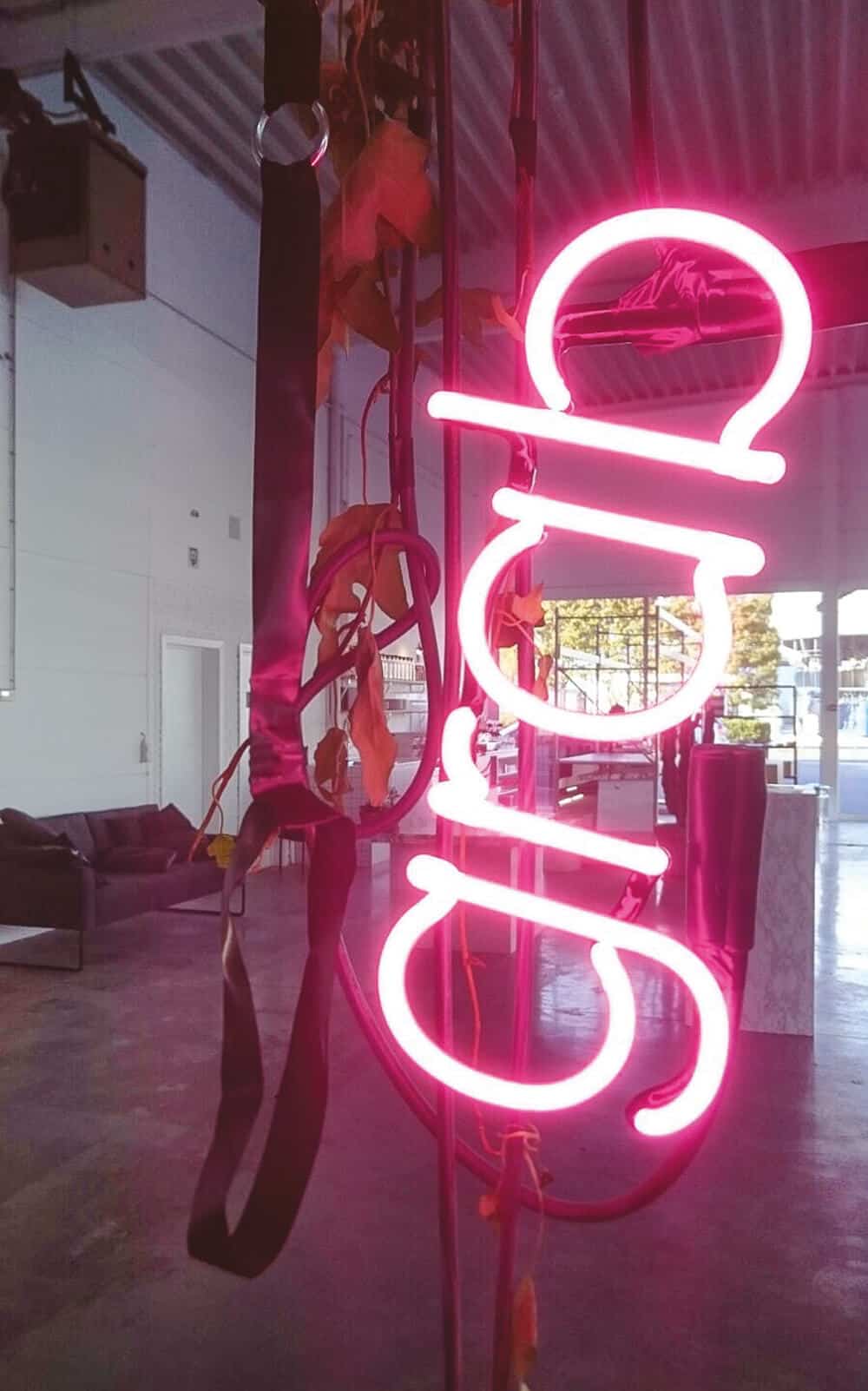 Bianca Bondi, Smash & Grab (Love Is Electric), detail, 2015. Neon, ivy, cable, metal rings. Dimensions variable. Image courtesy of the artist.
Bianca Bondi, Smash & Grab (Love Is Electric), detail, 2015. Neon, ivy, cable, metal rings. Dimensions variable. Image courtesy of the artist.
Bianca Baldi (b.1985 Johannesburg) studied at the The Michaelis School of Fine Art, Cape Town, the Städelschule in Frankfurt am Main and the IUAV University of Venice.
Bianca Bondi b. 1986 Johannesburg (ZA), Bondi completed two years of a Bachelors of Arts degree at WITS university, JHB before moving to Paris where she pursued her studies obtaining her masters equivalent at l’Ecole Nationale Superior d’Art de Paris-Cergy in 2012.

